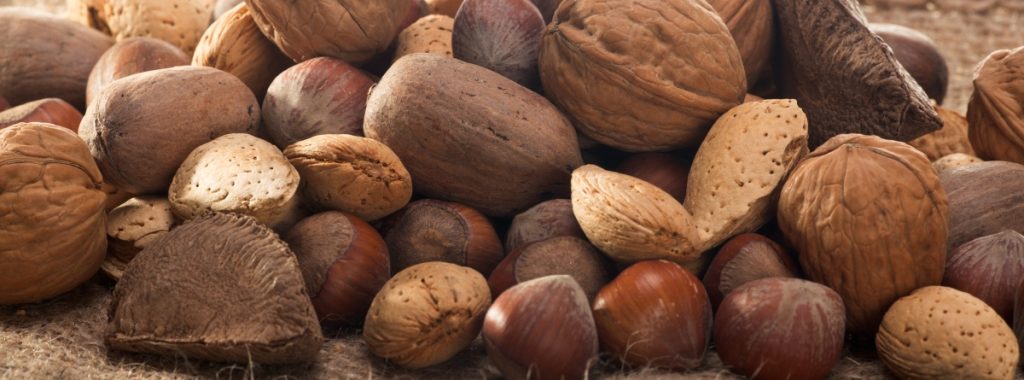Are you looking to make some extra money growing nut trees? If so, you’re in luck! Nut trees are some of the most profitable crops you can grow.
Nut trees are relatively easy to grow and have a high selling price, making them an excellent choice for first-time growers.
Plus, they have multiple uses, which means that you can sell the nuts once they are harvested or use them yourself.
What Are the Most Profitable Nut Trees?
There are several different types of nuts you can grow, but some are more profitable than others. Here are the best types in which to invest your time and money:
Almonds – Almonds are one of the most commonly grown types of nut trees and have a very high yield and high selling price.
It typically takes about two years from planting to harvesting your first crop, but you can start selling them once the trees are mature.
Almonds can be eaten raw or used in baked goods and candy. They can also be used to thicken soups and make almond milk.
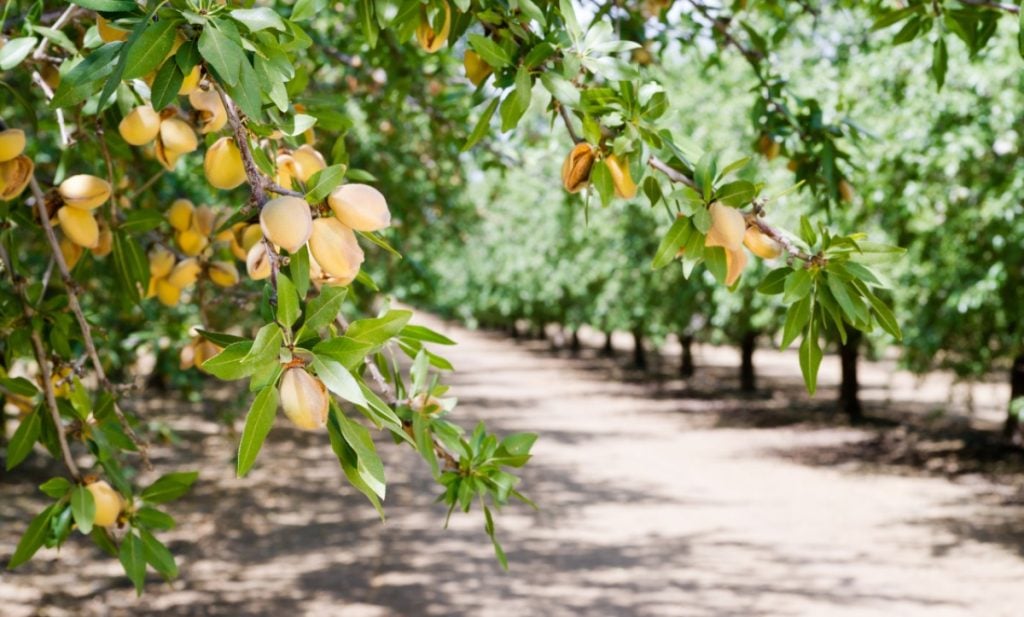
Hazelnuts – Similar to almonds, hazelnuts also have a high selling price and a high yield.
These trees are a little harder to grow than almonds because they require a long period of cold weather during flowering and a longer harvest time.
You can eat hazelnuts raw or bake them into cookies and cakes. You can also use them to make hazelnut butter.
Pecans – Pecans are another commonly grown type of nut tree that have a high yield and high selling price.
Pecans can be sold once they are mature or you can keep them for eating. They are commonly used in desserts and as a stuffing for meats.
You can also grind them up and add them to recipes for homemade bread.
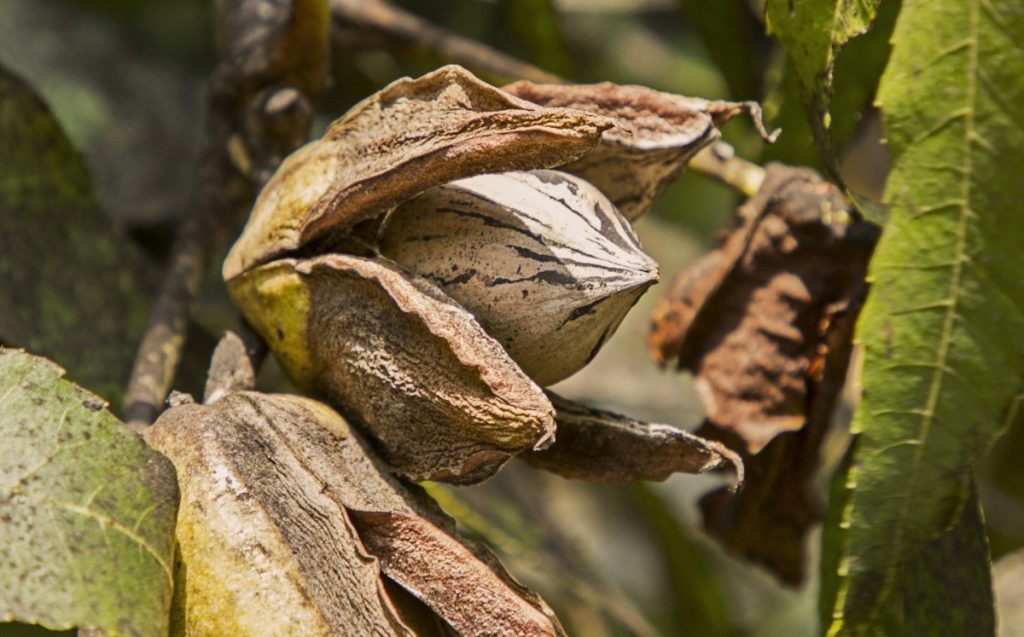
Walnuts – Like pecans, walnuts have a high yield and high selling price. They are relatively easy to grow and are used in a variety of recipes.
They are also used to make walnut oil that you can drizzle over salads and fish. These nuts can also be eaten raw or roasted and served on their own.
Macadamia nuts – Macadamia nuts are the most expensive type of nut to grow but they have the highest selling price of all the nuts listed here.
The trees take about seven years to produce their first crop and they should only be grown in tropical climates.
Once they are mature, the tree will produce a crop of nuts every year for about 20 years.
These nuts are also commonly used to make nut milks and nut oils that you can use in your cooking.
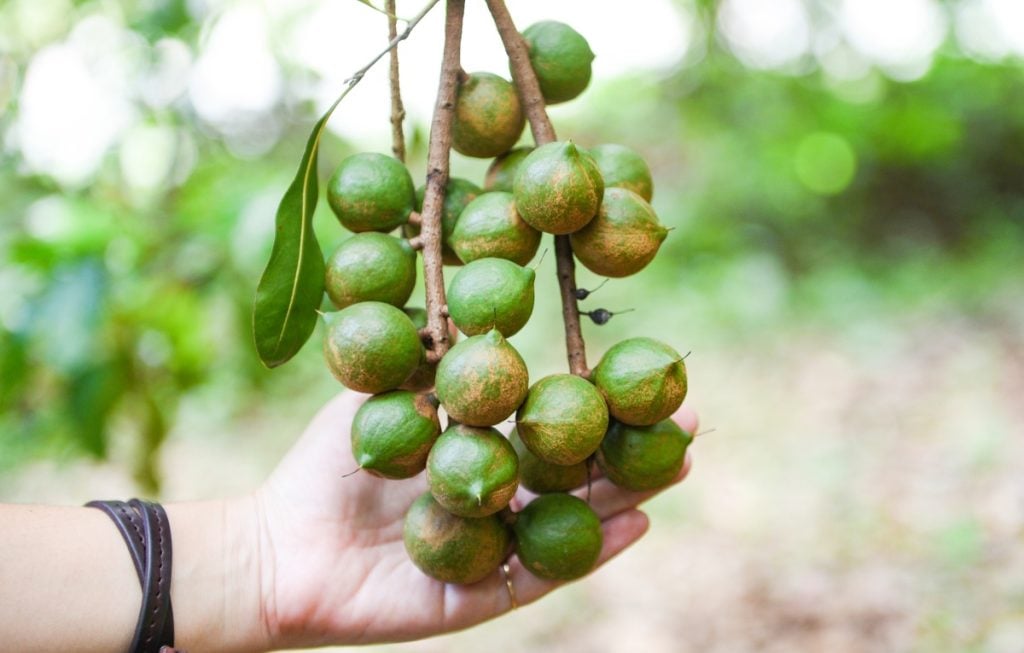
Nuts That Require More Work or Yield a Lower Profit
If you’re already successfully growing some of the high-profit nuts on this list and would like a challenge, here are a few additional varieties to consider growing:
Chestnuts – Chestnuts are also considered to be among the priciest types of nut trees.
However, they require a less intensive level of care than other varieties and can be grown almost anywhere in the United States.
Chestnuts have a lower yield than other varieties and are not generally considered commercially viable.
Filberts – Filberts are similar to chestnuts in that they also produce a small crop each year after they have been planted.
These trees are also edible and can be harvested as a source of flour and sugar, but they can also be made into oil and butter and used as ingredients in baking.
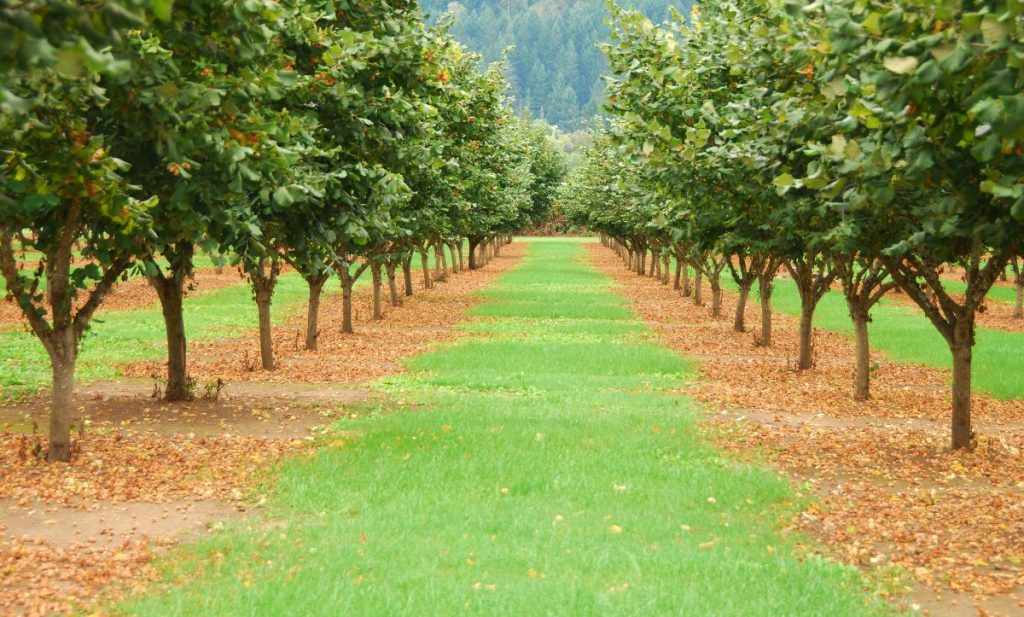
Pistachios – Pistachios are another popular nut that is commonly grown in the United States and is often featured in bakery products because of its delicate flavor and creamy texture.
However, this variety is not as hardy as other varieties and requires extra care and attention to prevent disease or infestation.
It also takes a long time to produce its first harvest so it may not be a good choice for people who are just starting out with a nut tree.
Cashews – Cashews are grown in tropical countries and are often used to make cashew milk and cashew butter as well as a variety of other food items.
The tree itself is fairly low maintenance and does not require a lot of care once it is established.
However, it is important to note that it does not produce a large enough crop to be economically viable on its own, so it is usually grown in combination with other nut trees.
It is also very difficult to cultivate outside of its native climate so it can be difficult to grow commercially outside of the tropics.
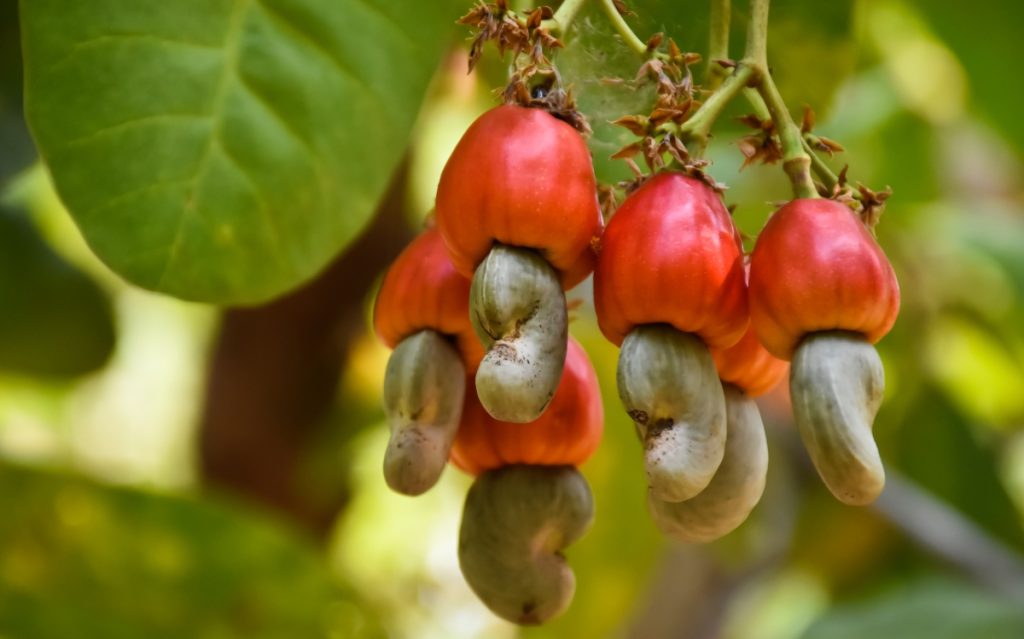
Pine nuts – Pine nuts are produced in much the same way as pistachios except that the fruit is much smaller and less easily harvested by hand.
They are most commonly used in Italian cuisine but are also very popular as a garnish on salads and other cold dishes.
The pine nut is a very hard nut to crack without the proper equipment and it can only be harvested once a year when the pine cones open and release their seeds.
Like pistachios, pine nuts require special conditions in order to grow so it is not particularly well-suited to commercial production.
How Much Money Can You Make Growing Nut Trees?
Typically, you can expect to make anywhere from about $200 to over $1,000 per nut treat each year.
While growing nut trees can be challenging and time-consuming, it can also be incredibly profitable if you make the right preparations and take the right steps during the cultivation process.
Depending on the variety of nut you are growing and the amount of land you have available, you may be able to grow enough nuts to earn a living or to supplement your existing income.
Of course, you will need to factor in the cost of purchasing the nut trees and any additional supplies you might need as well as any maintenance fees you may incur.
If you are just starting out with a small farm and are uncertain as to how profitable it will be, it may be best to keep your expectations in check and only grow what you can comfortably manage on your own.
But if you have a reasonably large plot of land and the resources needed to properly care for the trees, then the potential profits can be quite substantial.
Naturally, there are a near-endless variety of value-added nut products you can make and sell at your local farmer’s market or grocery store.
Think of products like specialty nut butters, which can easily be priced for $10 or more per jar.
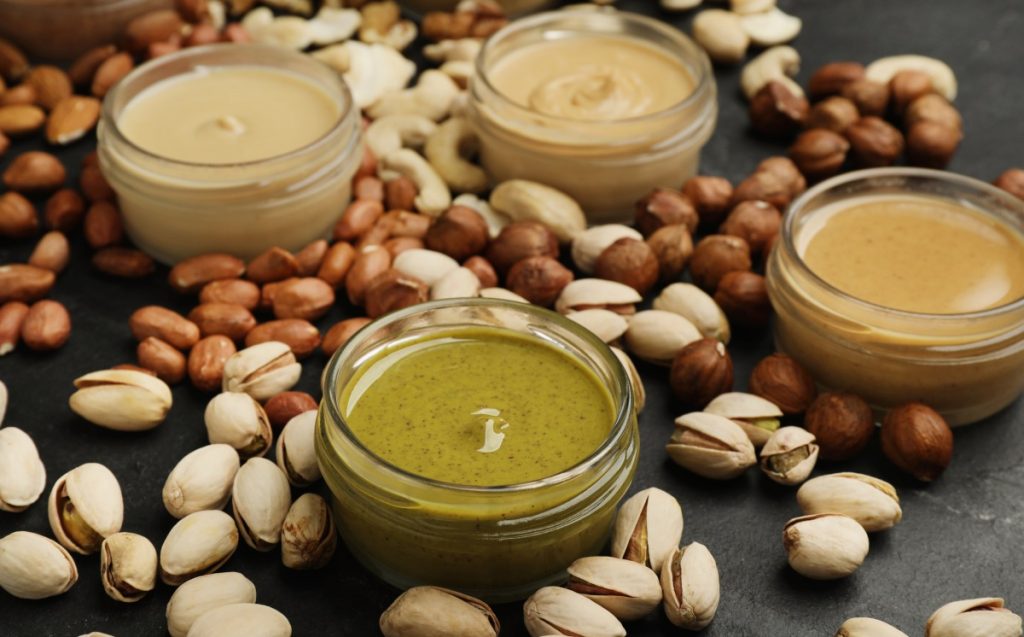
Are You a Good Candidate for Growing Nut Trees?
If you’d like to grow nuts for a profit, start by asking yourself the following questions
What type of soil do you have?
Nut trees thrive in moist, well-drained soil that is high in nutrients. If you have sandy soil, you may need to add organic matter to improve the drainage and add nutrients to the soil.
Likewise, if your soil is too dense and heavy, you may need to mix in some sand to make it easier for plants to absorb water and nutrients.
In addition, it is important to keep your nut trees well watered so that their roots are properly hydrated and they don’t become stressed due to drought or extreme temperatures.
Overall, you want the soil to be fertile and well-aerated with plenty of room to grow and for the roots to develop freely without becoming entangled or stifled by surrounding foliage or other obstructions.
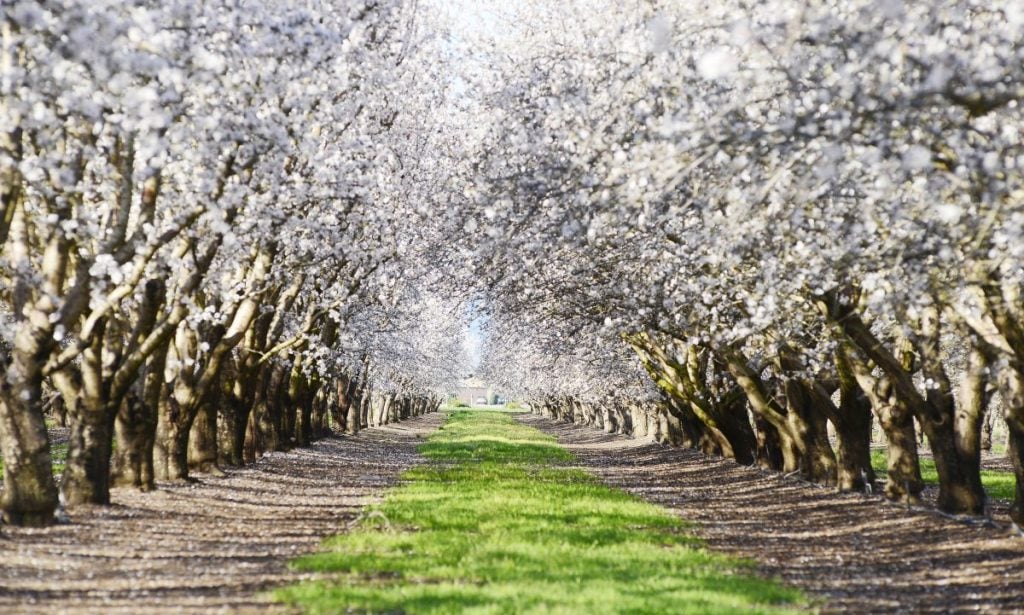
How much space do you have available?
You will need to have plenty of space if you want to start a serious nut tree farming operation.
While you may not require much space initially, you will quickly need to expand if you intend to be successful in this endeavor.
This is especially true if you plan on planting a large number of nut trees as you will have to make room for them to thrive and grow.
You should also take into consideration any obstacles that may prevent you from planting and maintaining these trees.
For example, you may have problems with tree pests such as insects or squirrels that can harm or damage your plants.
For this reason, it is important to install and maintain some type of barrier to keep your nut trees safe from harm.

Do you have the right climate for growing nuts?
The location of your farm can also play an important role in the success of your nut tree operation.
You will need to make sure that your farm is located in an area that has warm temperatures all year round.
Furthermore, you will also want to make sure that the area receives plenty of sunlight throughout the day as this can help to promote healthy growth.
Do you have enough time to grow nut trees?
One of the most important things to consider before you start growing nut trees is how much time you are willing to spend on this project.
Growing nut trees can be quite time-consuming as it involves a lot of hard work and attention to detail.
You will also need to pay close attention to the needs of each individual plant to ensure that they grow properly and develop a strong root system.
Proper care will ensure that your nut trees are healthy and produce high-quality fruits in the coming years.
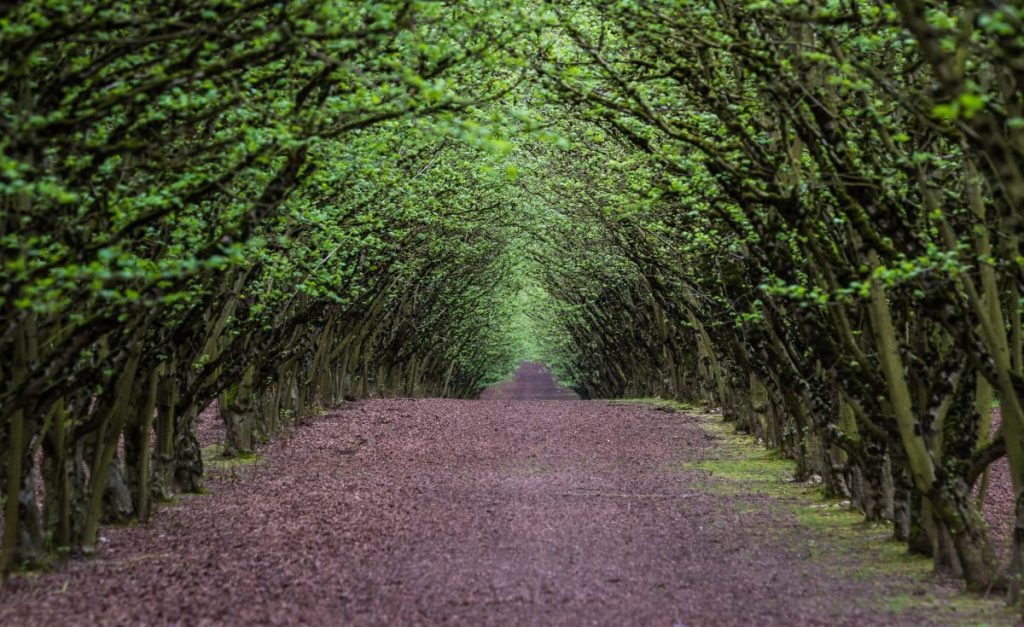
How to Market and Sell Nuts
One great thing about having your own orchard is that you will be able to harvest all of your fruits yourself.
This will allow you to sell your crops at a much higher price than if you were to purchase them from a grocery store.
In fact, you may even be able to make enough profit to cover all of your expenses without any outside assistance.
However, you will also need to consider how you are going to sell your products to customers.
Most customers prefer to buy from local farmers because they are interested in supporting the community.
This will encourage other customers to shop at your business as well. Selling your products at local farmer’s markets will also help you to gain a reputation in the community.
You should also consider setting up a website where customers can purchase your products online.
This will make it easier for customers to place an order and give you a chance to build a loyal customer base.
You can also find new customers on social media platforms like Facebook and Twitter.
Posting images of your products as well as delicious recipes for using them will entice potential customers to buy from you instead of your competitors.
You can also create and sell value-added nut products like nut butters, butter creams, and pastes.
These products can provide a great source of income for your business since customers are willing to pay a premium for the added convenience.
Final Thoughts
For an experienced farmer, it is relatively easy to grow nut trees since they are easy to cultivate and tend to produce consistent results.
Keep in mind that growing these trees will require an investment of time and money, but your efforts will be rewarded with a healthy orchard that will provide years of enjoyment for you and your family.
